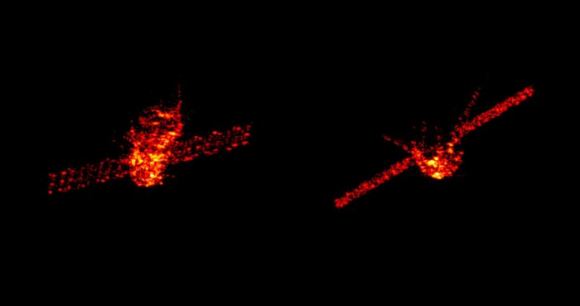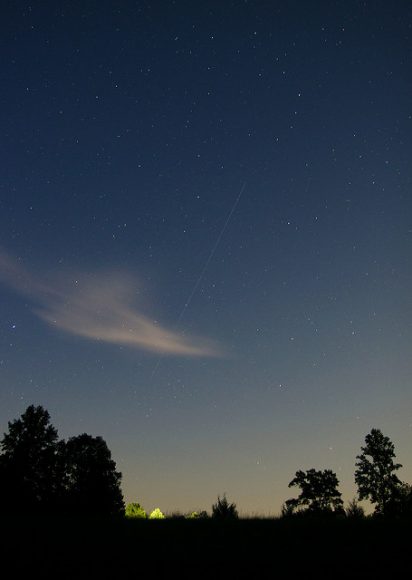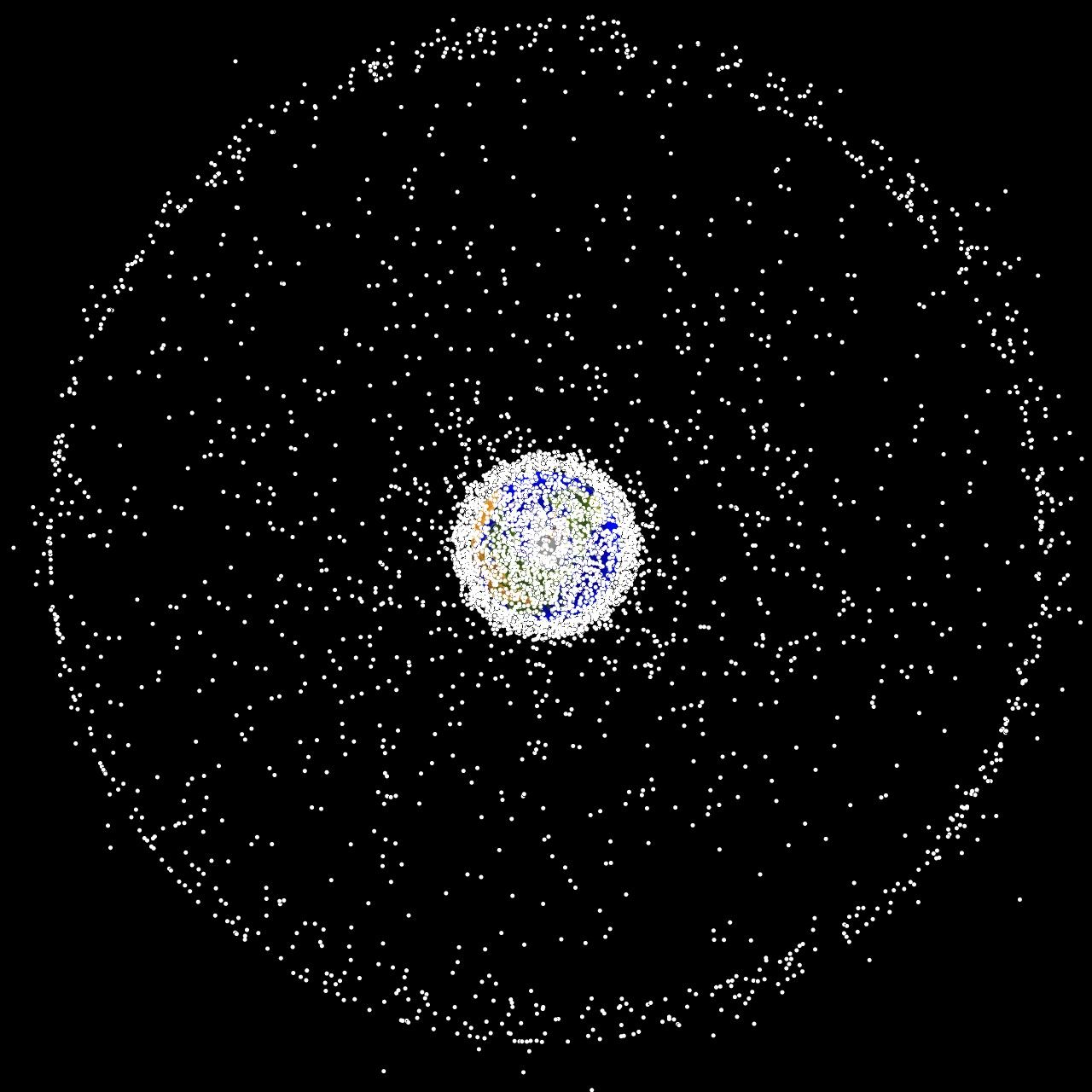This past weekend, a lot of attention was focused on the Tiangong-1 space station. For some time, space agencies and satellite trackers from around the world had been predicting when this station would fall to Earth. And now that it has safely landed in the Pacific Ocean, many people are breathing a sigh of relief. While there was very little chance that any debris would fall to Earth, the mere possibility that some might caused its share of anxiety.
Interestingly enough, concerns about how and when Tiangong-1 would fall to Earth has helped to bring the larger issue of orbital debris and reentry into perspective. According to the SDO, on average, about 100 tonnes of space junk burns up in Earth’s atmosphere every year. Monitoring these reentries and warning the public about possible hazards has become routine work for space debris experts.
This junk takes the form of defunct satellites, uncontrolled spacecraft, the upper stages of spent rockets, and various discarded items (like payload covers). Over time, this debris is slowed down by Earth’s upper atmosphere and then succumbs to Earth’s gravitational pull. Where larger objects are concerned, some pieces survive the fiery reentry process and reach the surface.

In most cases, this debris falls into the ocean or lands somewhere far away from human settlement. While still in orbit, these objects are tracked by a US military radar network, the ESA’s Space Debris Office, and other agencies and independent satellite trackers. This information is shared in order to ensure that margins of error can be minimized and predicted reentry windows can be kept narrow.
For the SDO team, these efforts are based on data and updates provided by ESA member states and civil authorities they are partnered with, while additional information is provided by telescopes and other detectors operated by institutional and private researchers. One example is the Tracking and Imaging Radar (TIRA) operated by the Fraunhofer Institute for High Frequency Physics and Radar Techniques near Bonn, Germany.
This is a challenging task, and often subject to a measure of imprecision and guesswork. As Holger Krag, the head of ESA’s Space Debris Office, explained:
“With our current knowledge and state-of-the-art technology, we are not able to make very precise predictions. There will always be an uncertainty of a few hours in all predictions – even just days before the reentry, the uncertainty window can be very large. The high speeds of returning satellites mean they can travel thousands of kilometres during that time window, and that makes it very hard to predict a precise location of reentry.”

Of the 100 tonnes that enters our atmosphere every year, the vast majority are small pieces of debris that burn up very quickly – and therefore pose no threat to people or infrastructure. The larger descents, of which there are about 50 per year, sometimes result in debris reaching the surface, but these generally land in the ocean or remote areas. In fact, in the history of spaceflight, no casualties have ever been confirmed by falling space debris.
The ESA also takes part in a joint tracking campaign run by the Inter Agency Space Debris Coordination Committee, which consists of experts from 13 space agencies. In addition to the ESA, this committee includes several European space agencies, NASA, Roscosmos, the Canadian Space Agency, the Japanese Aerospace Exploration Agency, the Indian Space Research Organization, the China National Space Agency, and the State Space Agency of Ukraine.
The purpose of these campaigns is for space agencies to pool their respective tracking information from radar and other sources. In so doing, they are able to analyze and verify each other’s data and improve prediction accuracy for all members. The ESA hosted the 2018 campaign, which followed the reentry of China’s Tiangong-1 space station as it entered Earth’s atmosphere this weekend – the details of which are posted on the ESA’s Rocket Science blog.
“Today, everyone in Europe relies on the US military for space debris orbit data – we lack the radar network and other detectors needed to perform independent tracking and monitoring of objects in space,” said Krag. “This is needed to allow meaningful European participation in the global efforts for space safety.”
While predicting when and where space debris will reenter our atmosphere may not yet be an exact science, it does have one thing going for it – its 100% safety record. And as the Tiangong-1 descent showed, early warning and active tracking ensure that potential threats are recognized well in advance.
In the meantime, be sure to enjoy this video on the Space Debris Office’s reentry monitoring, courtesy of the ESA:
Further Reading: ESA

